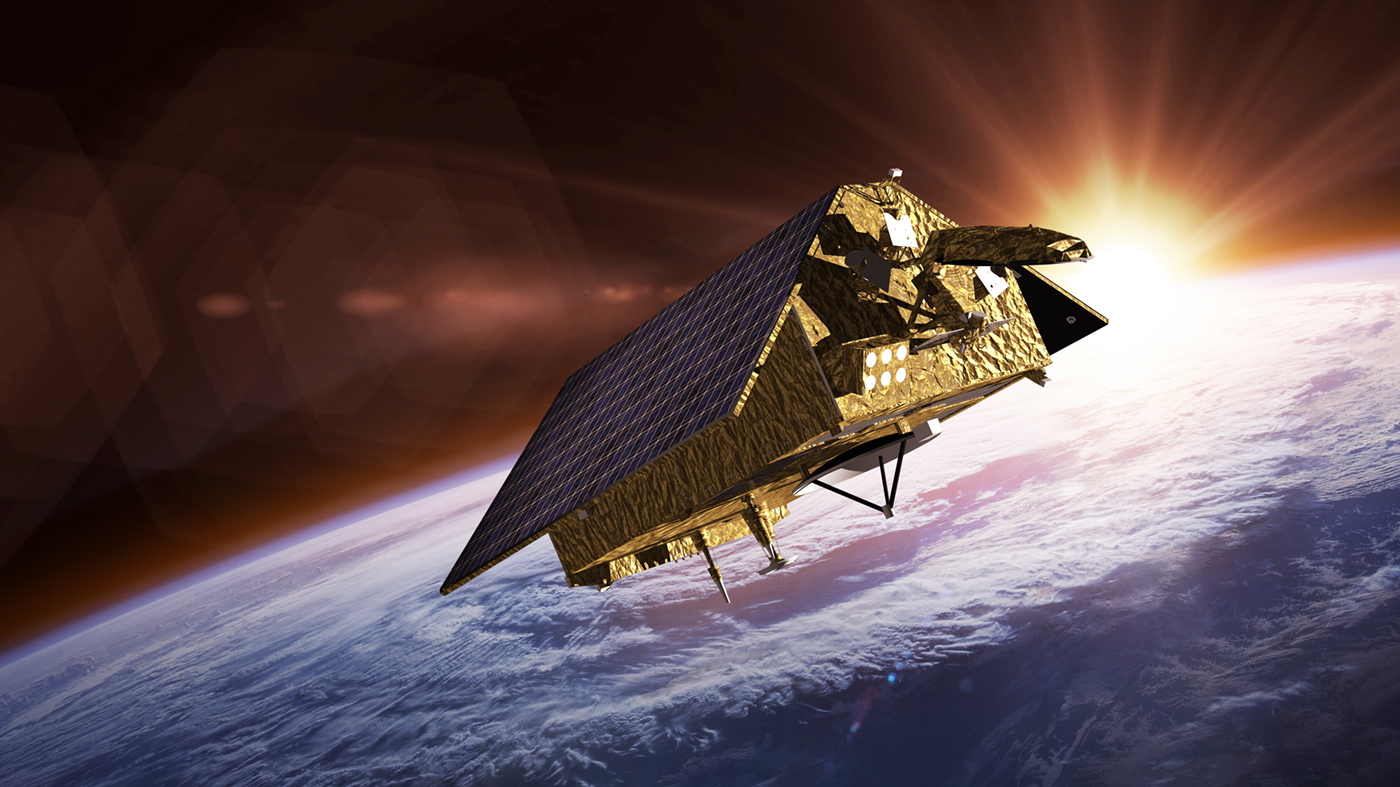Michael Freilich just got a very big, and very rare, honor.
An Earth-observation satellite scheduled to launch this fall was just named after the recently retired Freilich, who headed NASA's Earth Science division from 2006 to 2019.
The Sentinel-6A/Jason CS satellite — a collaboration involving the European Space Agency (ESA), the European Commission, the European Organisation for the Exploitation of Meteorological Satellites, NASA and the U.S. National Oceanic and Atmospheric Administration — will now be known as Sentinel-6A Michael Freilich, NASA officials announced today (Jan. 28).
Related: Planet Earth: Facts About Its Orbit, Atmosphere & Size

This rarely happens; people whose names grace space missions are almost always dead. (See Ferdinand Magellan, Johannes Kepler, Galileo Galilei, Edwin Hubble, Enrico Fermi and Vera Rubin, among many others.)
NASA made a big exception to this unwritten rule recently with its record-breaking Parker Solar Probe mission, which was named after pioneering solar physicist Eugene Parker, who's 92 years old. (The spacecraft was previously known as Solar Probe Plus.)
Sentinel-6A Michael Freilich is half of the two-satellite Sentinel-6 mission, which is part of the European Union's Copernicus program. Sentinel-6's chief task is to continue mapping sea-level rise — a consequence of human-caused climate change — through the 2020s and 2030s. (The second Sentinel-6 craft will launch in 2025, if all goes according to plan.)
Get the Space.com Newsletter
Breaking space news, the latest updates on rocket launches, skywatching events and more!
"Records show that, on average, global sea level rose by 3.2 mm a year between 1993 and 2018, but hidden within this average is the fact that the rate of rise has been accelerating over the last few years," ESA officials wrote in a mission description. "Taking measurements of the height of the sea surface is essential to monitoring this worrying trend — and the Sentinel-6 mission is on the way to being ready to do just this."
It's fitting that Sentinel-6A now bears Freilich's name, NASA and ESA officials said. Freilich worked as an oceanographer for nearly four decades, and, as NASA's Earth Science chief, he ramped up the development of satellites that keep tabs on our planet. In 2014 alone, for example, five NASA Earth-observation missions got off the ground.
"This honor demonstrates the global reach of Mike's legacy,” NASA Administrator Jim Bridenstine said in a statement.
"We are grateful for ESA and the European partners' generosity in recognizing Mike's lifelong dedication to understanding our planet and improving life for everyone on it," Bridenstine added. "Mike's contributions to NASA — and to Earth science worldwide — have been invaluable, and we are thrilled that this satellite bearing his name will uncover new knowledge about the oceans for which he has such an abiding passion."
Sentinel-6A Michael Freilich is scheduled to launch in November atop a SpaceX Falcon 9 rocket from Vandenberg Air Force Base in California.
- Earth Quiz: Do You Really Know Your Planet?
- What Is Global Warming?
- NASA's Best Photos of Earth from Space of 2016 (Gallery)
Mike Wall's book about the search for alien life, "Out There" (Grand Central Publishing, 2018; illustrated by Karl Tate), is out now. Follow him on Twitter @michaeldwall. Follow us on Twitter @Spacedotcom or Facebook.

Join our Space Forums to keep talking space on the latest missions, night sky and more! And if you have a news tip, correction or comment, let us know at: community@space.com.

Michael Wall is a Senior Space Writer with Space.com and joined the team in 2010. He primarily covers exoplanets, spaceflight and military space, but has been known to dabble in the space art beat. His book about the search for alien life, "Out There," was published on Nov. 13, 2018. Before becoming a science writer, Michael worked as a herpetologist and wildlife biologist. He has a Ph.D. in evolutionary biology from the University of Sydney, Australia, a bachelor's degree from the University of Arizona, and a graduate certificate in science writing from the University of California, Santa Cruz. To find out what his latest project is, you can follow Michael on Twitter.
